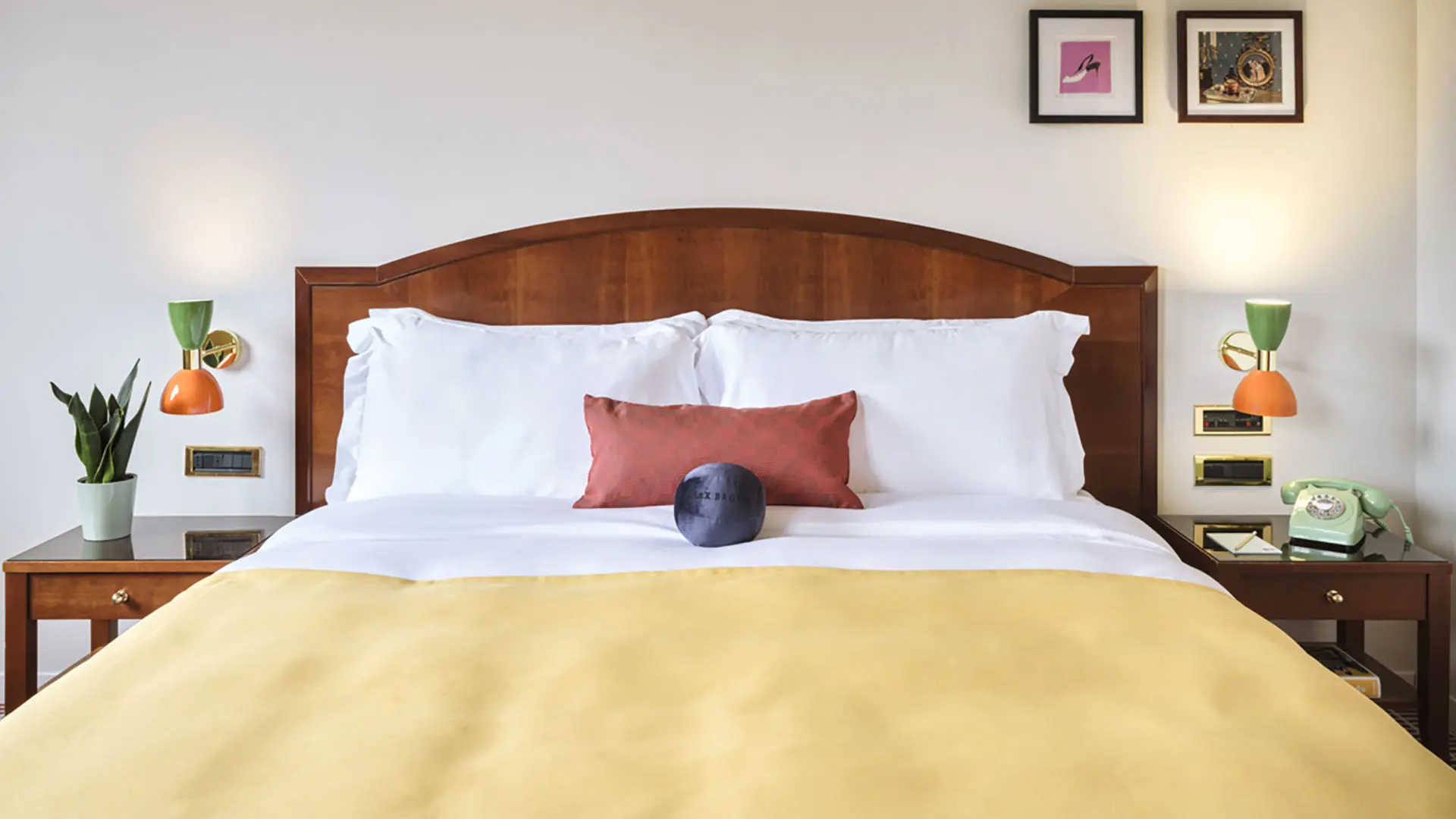In partnership with MiCodmc, a selection of establishments ripe for discovery during the 63rd edition of the Salone del Mobile.Milano, from 8th to 13th April
Glass: 4 case studies in Italian production
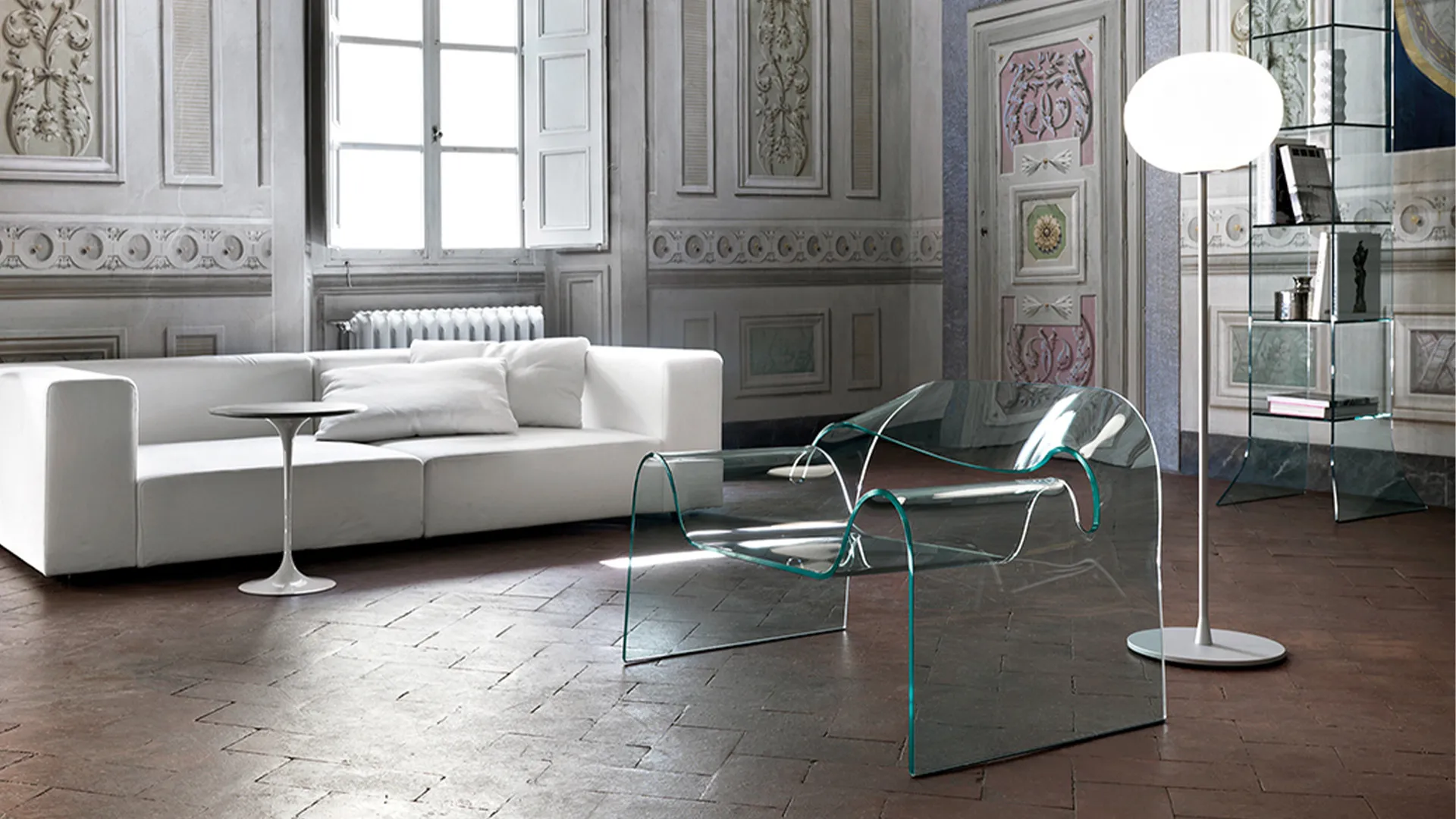
Fiam, Ghost Chair, design Cini Boeri and Tomu Katayanagi, photo courtesy
A material to be rediscovered. Through stories and words, Vetrerie Di Empoli, Fiam, Foscarini and Venini reveal the aesthetic and productive potential that projects glass into the future
The choice of materials in the field of design is increasingly important. Among these, glass can be considered one of the materials of the future, as it its potential offers broad scope for expression and great potential in production. Many Italian firms have created iconic products. We explored four different companies: Vetrerie Di Empoli, Fiam, Foscarini and Venini.
Specializing particularly in the decoration of glass is the Vetrerie Di Empoli, founded in Empoli in 1938 and owned by the Parentini family. Production began with its distinctive green glass, and then evolved into increasingly refined projects. Today the company is positioned in the luxury segment for the category of tableware and furnishing accessories. The craft techniques in the aesthetic development of the products range between classic lines and contemporary design.
“Between heritage and research, our bold experiments with glass lead to a continuous and progressive evolution,” explains Simona Belforti, Export Manager and the company’s connection with the world. The applications of enamels, together with sandblasting and grinding, create decisive effects for the level of visual and tactile quality.
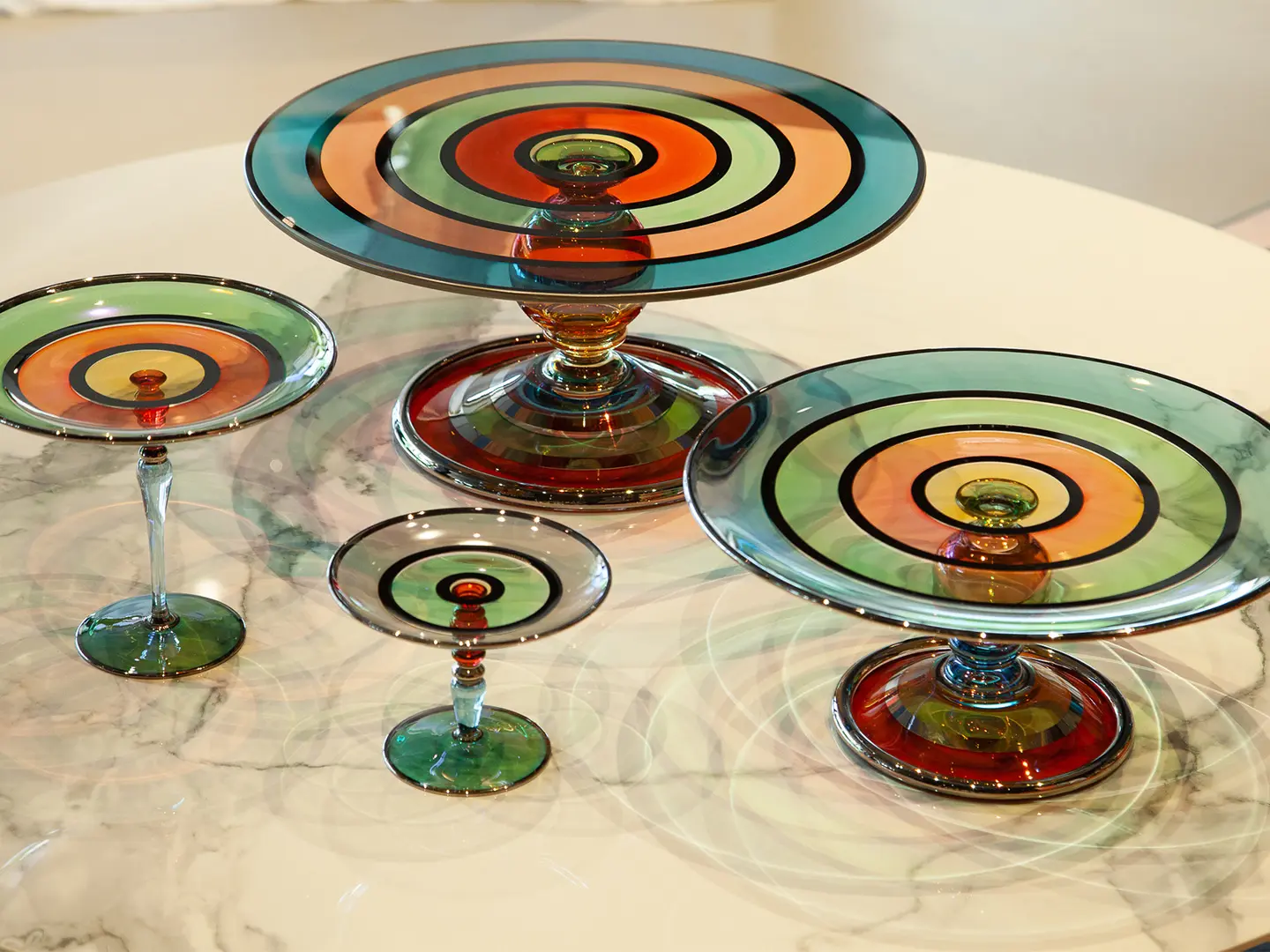
Vetrerie di Empoli, Olimpia, photo courtesy
Fiam is a very different concern, founded in Pesaro in 1973 by Vittorio Livi, who earlier in 1968 had designed the pouf Onda. The curved sheet glass seat was his first experiment in transforming glass from a complement to an essential and sculptural furnishing. Continuous studies in the exploration of new forms and their relationship with light led the company along a continuous upward path, through the main techniques, which involved the bending of the material, as well as the characteristic cuts and surface processing. The link with art is also close – some major important sculptures were created over time, including Arnaldo Pomodoro’s Osso di Seppia, Emilio Isgrò’s glass Bible (300 x 200 cm), and Vittorio Livi’s crucifix Jesus, Energy of the World for Pope Francis.
“In 50 years of innovation based on tradition, Fiam resizes the paradigms of plate glass, making it a precious material for the future of human life,” says Livi, the company’s founder. Among its most significant products: the Ghost armchair, by Cini Boeri and Tomu Katayanagi (Compasso d'Oro for Lifetime Achievement 2022), the Caadre mirror by Philippe Starck, the Echo showcase by Marcel Wanders (selected for the ADI Design Index in 2022), and the Ragno table by Vittorio Livi.
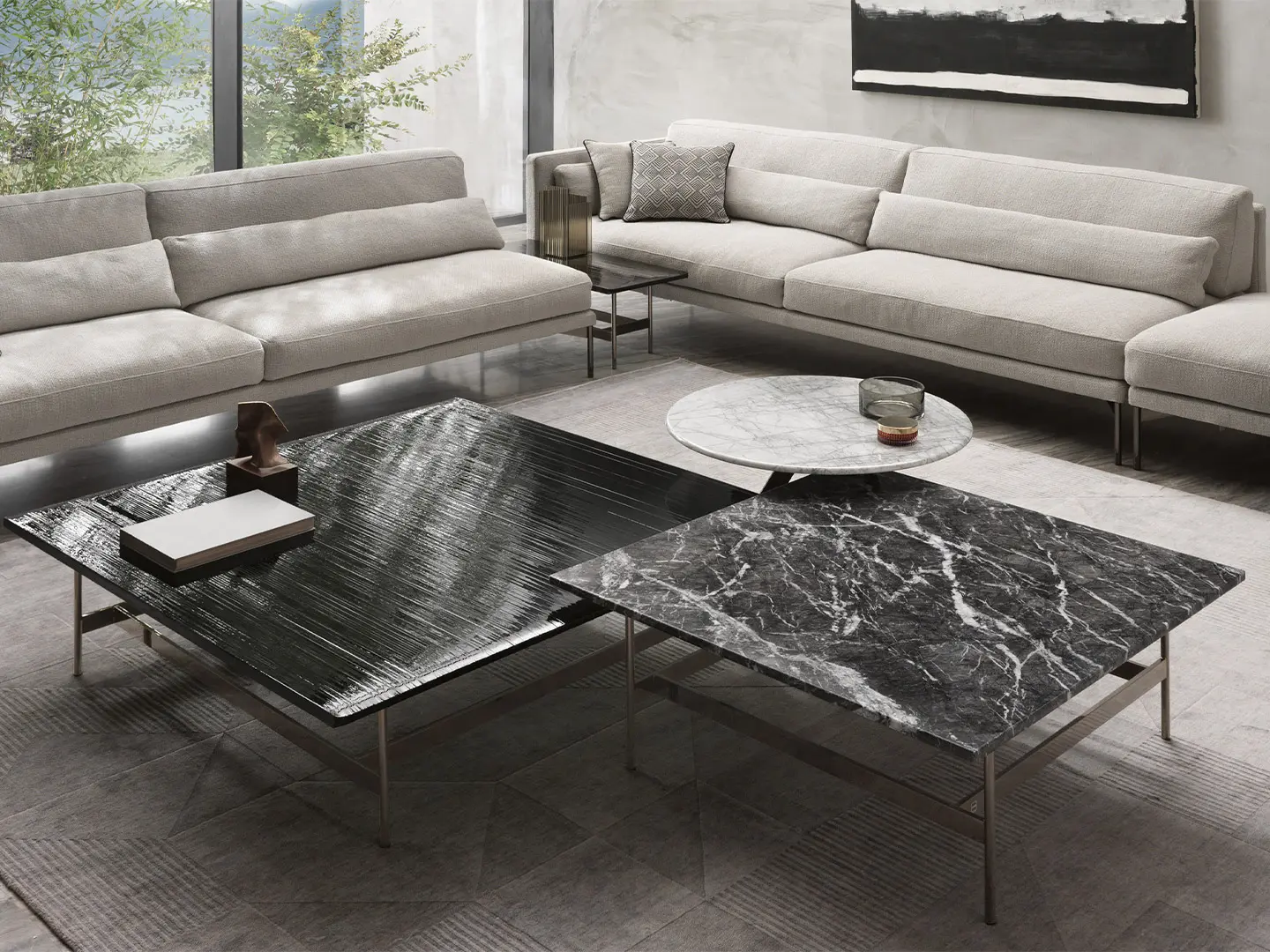
Fiam, Waves, design Ludovica+Roberto Palomba, photo courtesy
From plate glass to lighting: Foscarini, one of the leaders in the sector, chooses blown glass as one of the possibilities of expression for shedding light. The company founded in Murano in 1981 has now moved to the mainland. It adopts the strategy of not having its own production, but of relying on external suppliers, from the environs, selected according to the needs of the project, so as to be able to deal with materials, particularities and details with maximum flexibility: “We are always fascinated by the extraordinary things that can be done with our hands and by the fact that all too often we forget how attractive and important they are,” says Carlo Urbinati, President of Foscarini.
Glass, due to its properties, worked with craft skills, is adopted as a diffuser in several very successful products, such as Lumiere, Buds and the recent Nile by Rodolfo Dordoni, Chouchin by Ionna Vautrin, Rituals / Gregg / Gem by Ludovica + Roberto Palomba, and Satellight by Eugeni Quitllet.
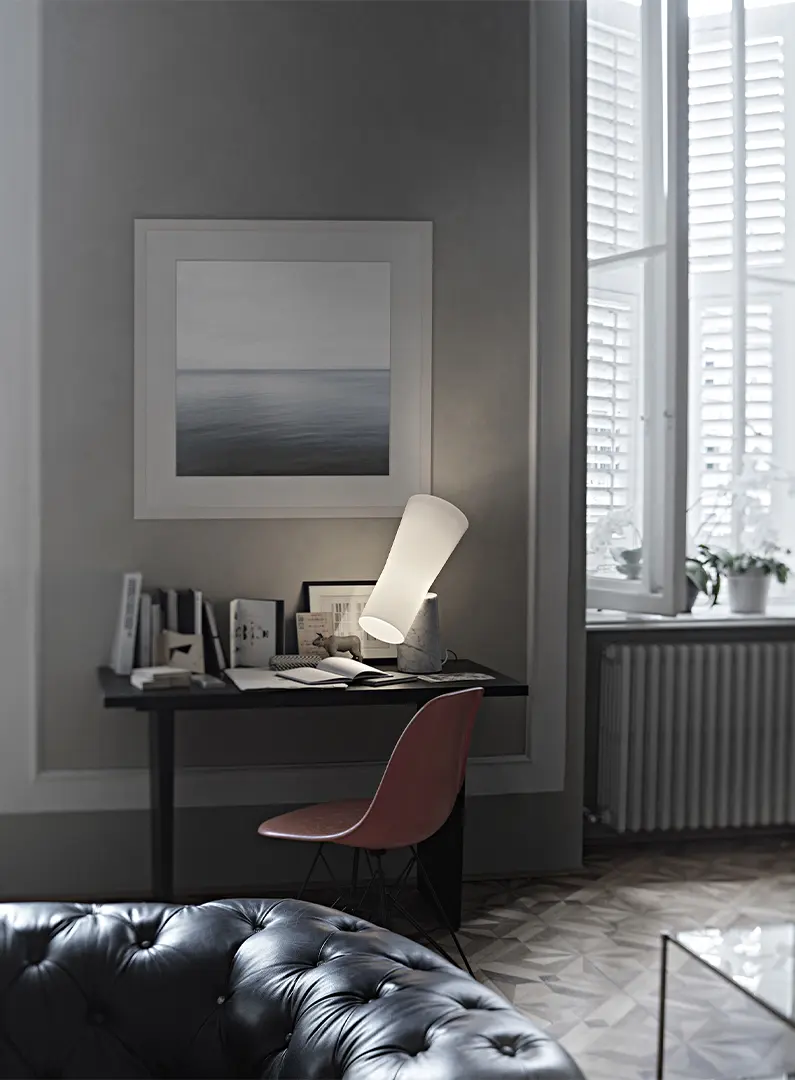
Foscarini, Nile, design Rodolfo Dordoni, photo courtesy
When it comes to tradition in Murano glassmaking, an important part of the history belongs to Venini, currently owned by the Damiani family. Carlo Scarpa, Fulvio Bianconi, Vittorio Zecchin, Paolo Venini, Toni Zuccheri, Tapio Wirkkala and Gae Aulenti conceived and designed works known not only for their aesthetic value, but characteristic and exemplary in the way they were made. Its full range of techniques, from murrine to ground glass, from incalmi to incamiciati, from Balloton to battuti, from canes to bands, speaks of expertise in mastering the material with extreme precision.
The elasticity of glass in terms of interpretation means the material favors freedom of design and expressiveness.
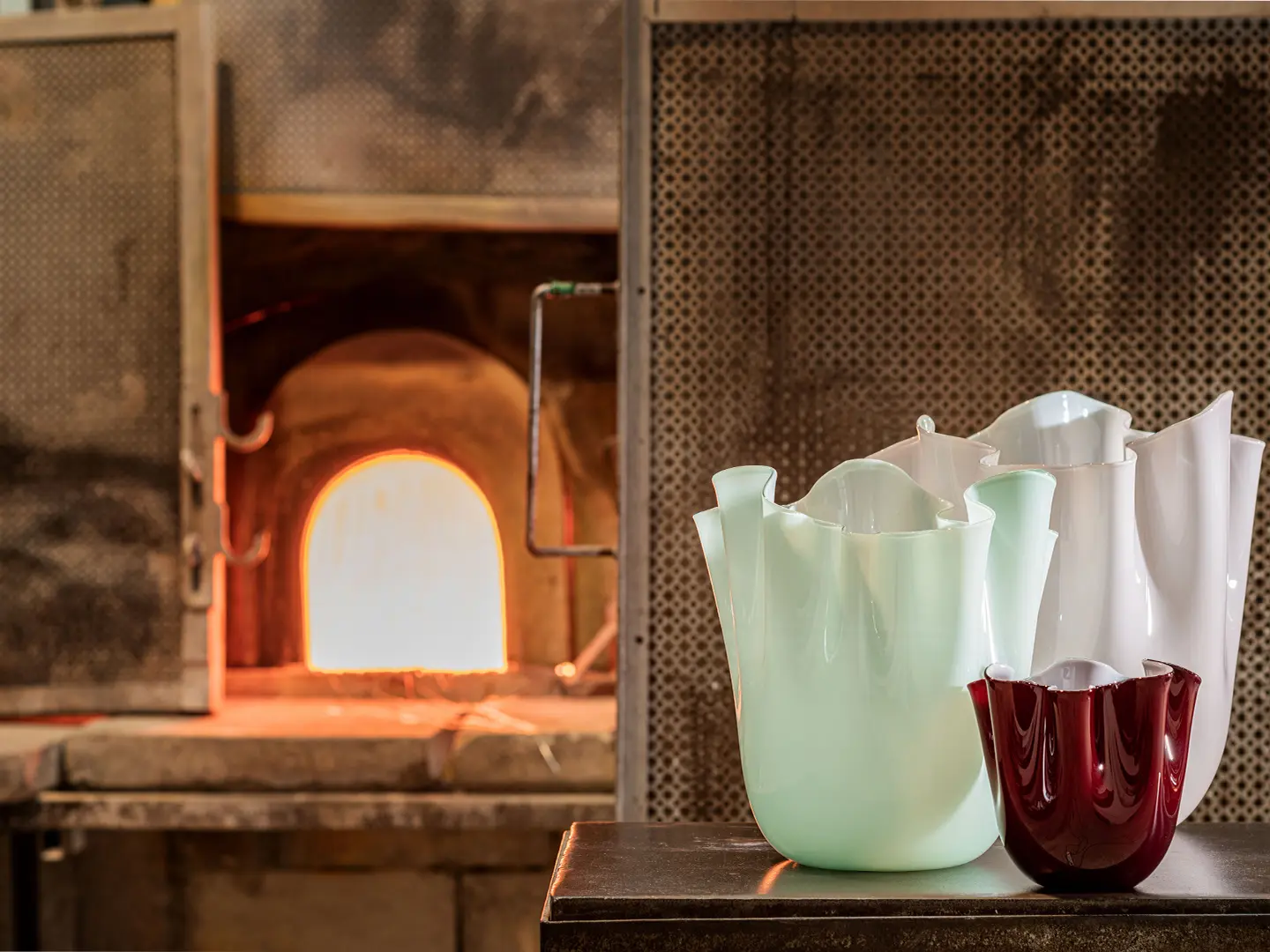
Venini, Fazzoletto, design Fulvio Bianconi, photo courtesy


 Sustainability
Sustainability




